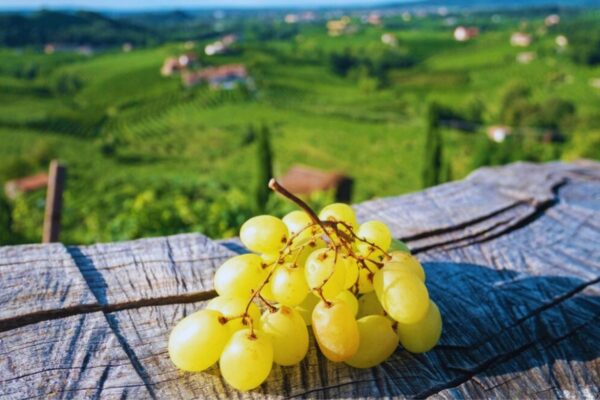
Called, in reference to the poet, the “town of the vigil,” suitable for those who wish to abandon themselves to nirvana, struck by flashes of inner visions, the name derives from the Latin Arquatum or Arquata, which later became Arquada, and finally Arquà. In 1868, the name of the poet was added. Built in stone, through the strolls along the winding roads climbing from the lower to the upper town, the village reveals very ancient buildings, carrying away the visitor into a rural atmosphere.
To see
Church of Santa Maria Assunta – During Petrarch’s time, there was the custom to be buried near the church, as the poet had requested for himself in his will. The interior of the church preserves frescoes from the Venetian-Byzantine school.
Palace Contarini – In Petrarch’s square, there is the most impressive buildings in Arquà, a medieval Venetian Gothic style palace of the fifteenth century.
Oratory of the Santissima Trinità – It is a single nave church which, together with the Vicars’ Lodge, represents a monumental complex of great historical and cultural interest.
Petrarch’s tomb – Built in red marble from Verona six years after his death, is situated in the square of the same name.
Petrarch’s House – Surrounded by greenery, it is the house where the poet peacefully spent the final years of his life. It dates back to the thirteenth century and it was probably given to the poet by the lord of Padua and friend of him, Francesco I da Carrara.

To taste
Bigoli with ragout – Homemade thick spaghetti with flour and eggs, put through a press and served with a ragù of beef, veal, pork, porcini mushrooms and tomato sauce.
Jujubes broth – A liqueur made with withered jujubes.
To enjoy
Festival Euganeo – Classical music and opera concerts holding in July.
Festa delle giuggiole – The first and the second Sunday of October.




